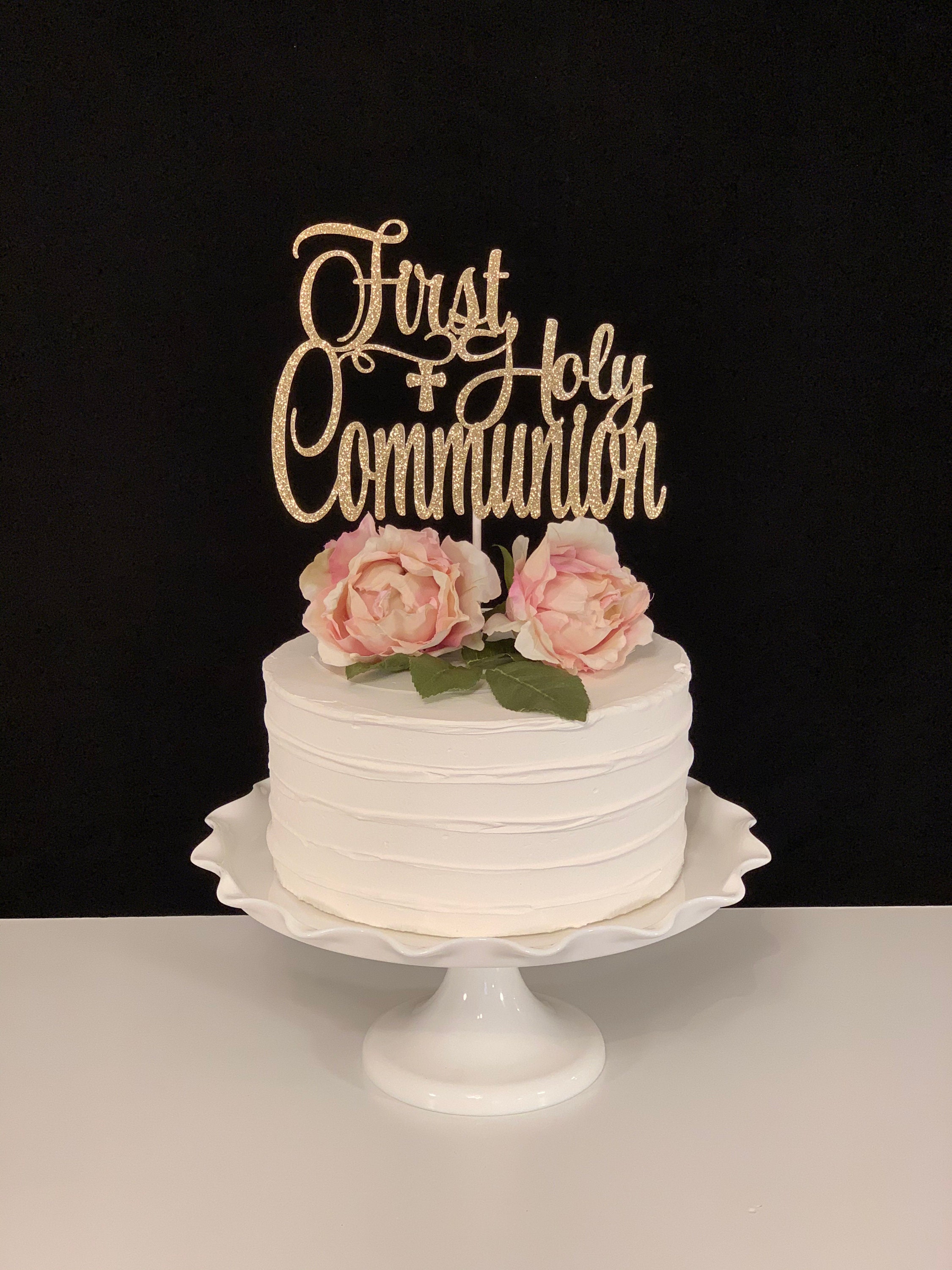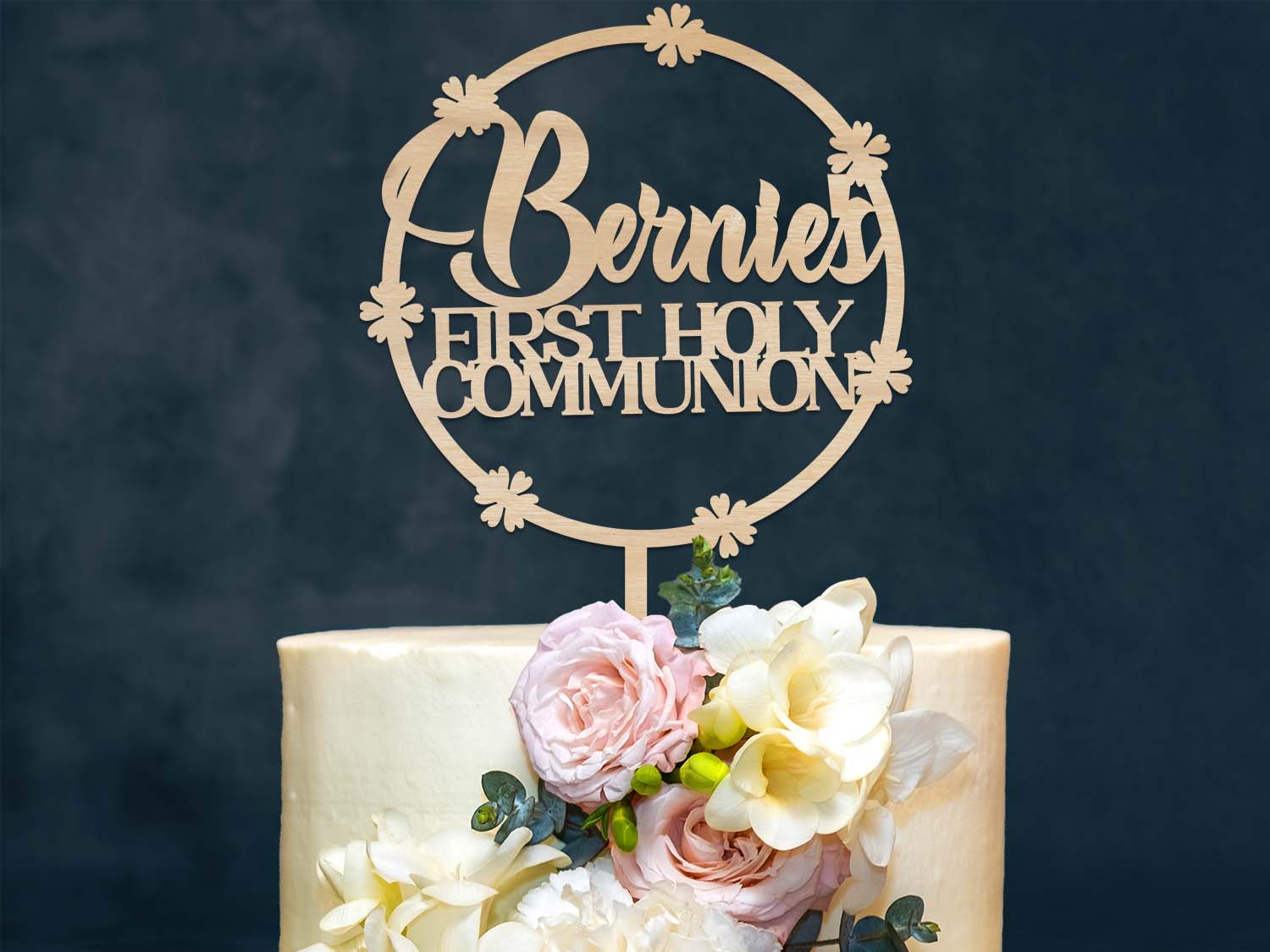Planning a communion celebration is a significant moment for families, filled with joy and spiritual significance. One of the standout features of any such gathering is undoubtedly the cake. In this article, we’ll delve into the world of communion cake decorations, offering ideas, personal experiences, and practical tips to ensure your cake is not only delicious but visually stunning.
What is a Communion Cake?
A communion cake is a cake specifically made to celebrate a child’s first communion—a religious ceremony that marks a significant milestone in their faith journey. This cake can be a simple yet elegant centerpiece, embodying the spirit of the occasion. Traditionally, these cakes are adorned with spiritual symbols, elegant decorations, and personalized touches that reflect the child’s personality.
Choosing the Right Style for Your Communion Cake
When considering communion cake decorations, it’s essential to reflect the essence of the event. Here are some popular styles to consider:
1. Traditional Themes
Traditional communion cakes often feature religious symbols like crosses, doves, or chalices. These themes evoke a sense of reverence and are a beautiful way to honor the ceremony.
2. Floral Designs
Floral decorations can bring a touch of elegance and freshness to the cake. Options like sugar flowers or fresh blooms can be customized to match the communion’s color scheme.
3. Whimsical Designs
For the more playful spirit, whimsical décor, such as fondant characters or playful motifs, can make the cake both delightful and memorable.

Popular Cake Decoration Techniques
Once you’ve selected a style, it’s time to explore various cake decoration techniques. Here are some favorites:
1. Fondant Covering
Fondant creates a smooth, elegant finish and can be easily molded into different shapes and decorations.

2. Buttercream Frosting
Using buttercream allows for a tasty decoration with a variety of textures, including piped flowers or swirls.
3. Edible Images
Custom edible images can be printed to represent the theme or central figures of the communion.

Unique Decoration Ideas for Communion Cakes
Here is a list of creative decoration ideas to inspire your cake design:
- Crosses: Use chocolate or fondant crosses for a classic touch.
- Chalices: Miniature chalice decorations can symbolize the sacrament.
- Personalized Cake Toppers: Options like the child’s name or age can add a unique touch.
- Themed Colors: Choose colors that match the event’s theme for cohesive decoration.
Step-by-Step Guide to Decorating Your Communion Cake
Feeling inspired to create your cake? Here’s a simple step-by-step guide!

Step 1: Bake Your Cake
Start with your favorite cake recipe, ensuring it’s sturdy enough to hold the decorations.
Step 2: Level and Crumb Coat
Once cooled, level the cakes and apply a crumb coat to seal in crumbs.

Step 3: Apply the Final Frosting
Cover the cake with your choice of frosting—fondant or buttercream—and smooth it out.
Step 4: Add Decorations
Now comes the fun part! Use your selected decoration techniques to create the desired look.

Step 5: Personalize
Don’t forget to add personalized touches that reflect the child’s character and the day’s significance.
Communion Cake Decoration Comparison Table
| Decoration Type | Pros | Cons |
|---|---|---|
| Fondant | Smooth finish; versatile design | Can be too sweet for some |
| Buttercream | Delicious; easy to work with | Less smooth finish |
| Edible Images | Highly customizable; easy to apply | Limited design options |
Pros and Cons of DIY Communion Cake Decoration
Pros:
- Personalization: Tailor the cake to your child’s preferences.
- Cost-effective: DIY can save you money.
- Quality time: Decorating can be a family activity.
Cons:
- Time-consuming: It requires planning and effort.
- Skill level: May not turn out as envisioned without experience.
- Stressful: Pressure to achieve a beautiful result can be overwhelming.
Hiring a Professional Baker vs. DIY: Which is Best?
Whether to hire a professional or try your hand at decorating depends on various factors. Below is a comparison to assist in your decision:
Professional Baker
- Expertise: Skilled decorators can create stunning designs.
- Time-saving: Frees you up to focus on other event details.
- Consistency: Professionals ensure consistent quality.
DIY Cake Decoration
- Cost-effective: Generally less expensive than hiring a pro.
- Creative control: You have complete say over the design and flavors.
- Fun experience: A great way to engage with your family.
FAQs About Communion Cake Decorations
What is a traditional communion cake decoration?
Traditional communion cake decorations often include religious symbols such as crosses, chalices, and doves, along with the child’s name and the date of the event.
Can I use artificial flowers for decoration?
Yes, artificial flowers can be an excellent way to decorate your communion cake. They last longer and can add vibrant color without wilting.
What are some popular flavors for communion cakes?
Popular flavors include vanilla, chocolate, lemon, and red velvet. Choosing a flavor that the child enjoys can make the cake even more special.
How far in advance should I order or prepare the cake?
It’s recommended to order or prepare the cake at least one week in advance to allow enough time for decorations and any necessary modifications.
Is it okay to have a themed cake?
Absolutely! A themed cake can reflect the child’s interests and make the celebration more personal, as long as it still honors the religious significance of the communion.
Conclusion
Decorating a communion cake is both an art and a heartfelt expression of love and faith. Whether you opt for a professional baker or choose the DIY route, the essence lies in the joy and meaning behind the cake. By following the tips and ideas provided, you can create a beautiful centerpiece that will be remembered for years to come. Happy decorating!